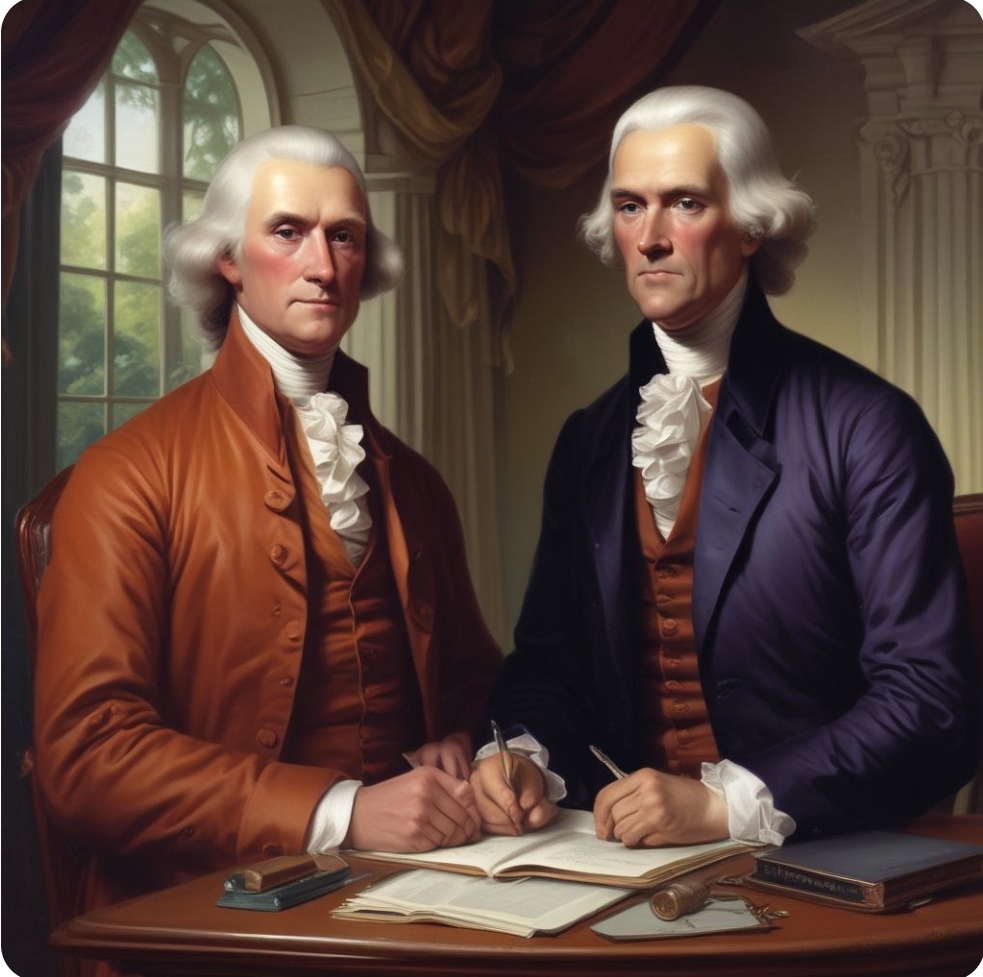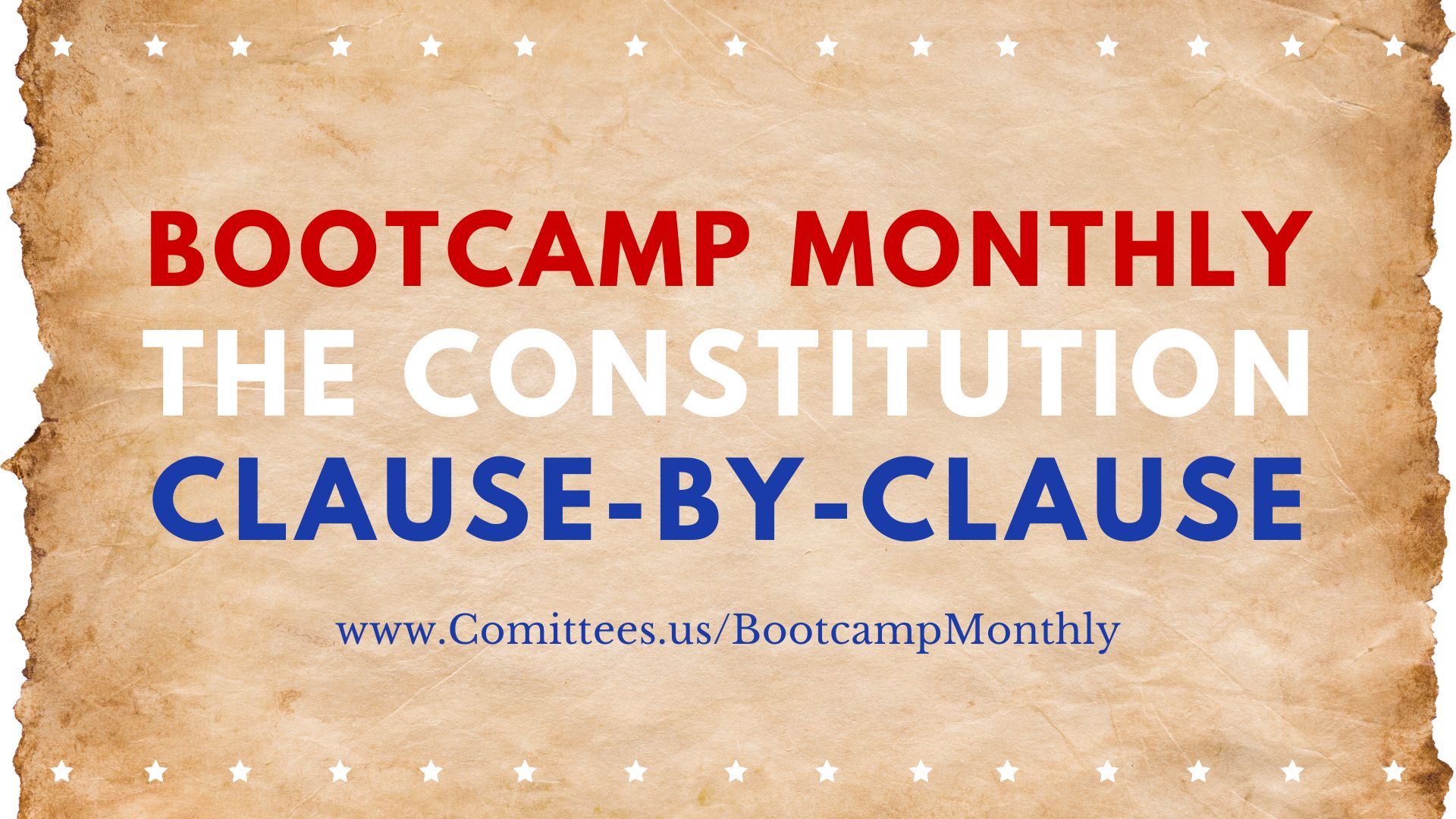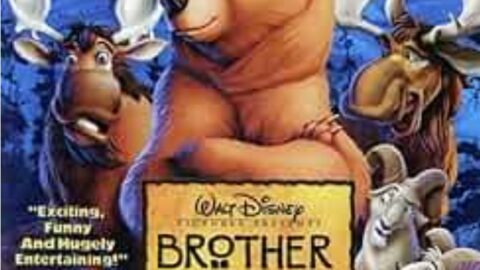Disclaimer by the Author: I am neither a modern Republican or Democrat. In my writing and views I try to line up with Thomas Jefferson and James Madison’s Democratic-Republican Party Platform. The articles try to line up on issues that align with the right and wrong concepts and principles taught and practiced by the original Democratic-Republican Party.
The Democratic-Republican Party, founded by Thomas Jefferson and James Madison in the early 1790s, was one of the first two major political parties in the United States.
Its platform and principles were distinct from those of the Federalist Party, which was led by figures such as Alexander Hamilton and John Adams.
The platform of Thomas Jefferson’s Democratic-Republican Party centered on advocating for a limited federal government, emphasizing states’ rights, and promoting agrarian interests over industrialization. The party believed in a strict interpretation of the Constitution, meaning the federal government should only exercise powers explicitly granted by the Constitution. They opposed the Federalist Party’s push for a strong central government and favored a decentralized government that placed more power in the hands of the people and state governments. The party also supported individual liberties and was skeptical of large standing armies.
Here are the key elements of the Democratic-Republican Party platform during Jefferson’s time:
1. Limited Federal Government
- States’ Rights: The Democratic-Republicans believed in a decentralized federal government, with more power allocated to the individual states. They feared that a strong central government could become tyrannical.
- Strict Interpretation of the Constitution: Jeffersonians advocated for a strict constructionist view of the Constitution, meaning that the federal government should only exercise powers explicitly stated in the document.
2. Agrarianism and Rural Values
- Agricultural Economy: The party promoted an economy based on agriculture and rural values, emphasizing the importance of independent farmers (often referred to as the “yeoman farmer”) as the backbone of American society.
- Opposition to Urbanization: They were wary of the growing influence of commerce, banking, and urbanization, which were seen as sources of corruption and inequality.
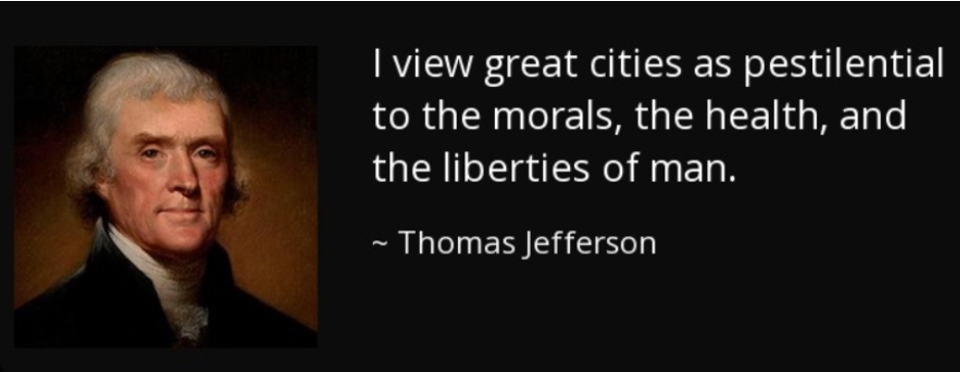


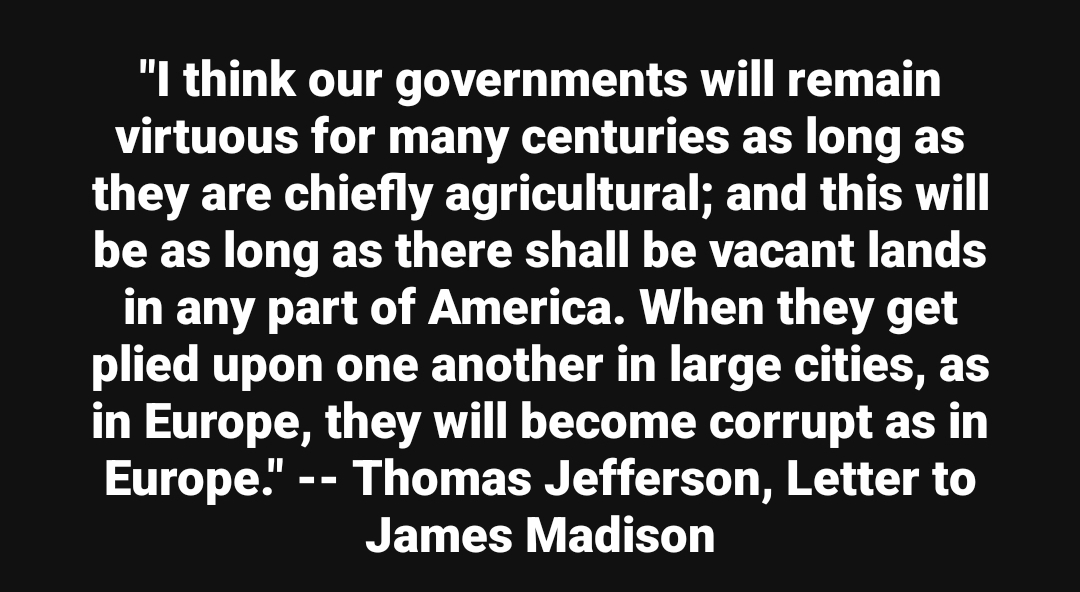
3. Individual Liberties and Civil Rights
- Protection of Individual Rights: Democratic-Republicans championed the protection of individual liberties and were strong advocates of the Bill of Rights.
- Opposition to the Alien and Sedition Acts: They opposed these acts, which were passed by the Federalists and seen as infringing on free speech and the rights of (French) immigrants (Context: French and Britain tension & war).
4. Foreign Policy
- Pro-French Stance: The party generally supported the French Revolution and maintained a pro-French foreign policy, in contrast to the Federalists, who were more aligned with Great Britain.
- Neutrality in European Conflicts: Jefferson and his party favored neutrality in European wars, focusing instead on domestic affairs and avoiding entanglement in foreign alliances.
5. Economic Policies
- Opposition to a National Bank: Democratic-Republicans opposed the creation of a national bank, which they believed benefited the wealthy elite at the expense of the common people.
- Reduction of National Debt: They aimed to reduce the national debt and opposed extensive government borrowing and spending.
- Opposition to Protective Tariffs: The party opposed high tariffs, which they believed harmed farmers and favored Northern industrial interests.
6. Vision for America
- Republicanism: They believed in republican values, emphasizing civic virtue and opposition to aristocracy and monarchy.
- Expansionism: Jeffersonian expansionism was evident in actions such as the Louisiana Purchase, which doubled the size of the United States and provided more land for agriculture and settlement.
Key Achievements During Jefferson’s Presidency
- Louisiana Purchase (1803): Jefferson’s administration successfully negotiated the purchase of the Louisiana Territory from France, significantly expanding the nation.
- Lewis and Clark Expedition: Commissioned to explore the newly acquired western territories, this expedition provided valuable information about the geography and resources of the region.
- Reduction of Federal Power: Jefferson reduced the size of the military, cut government spending, and eliminated various taxes, aligning with his vision of a smaller federal government.
The Democratic-Republican Party founded by Thomas Jefferson and James Madison had a cautious stance regarding the military. Their position was rooted in a belief that a large standing army and navy posed a threat to individual liberties, state sovereignty, and the principles of a democratic republic.
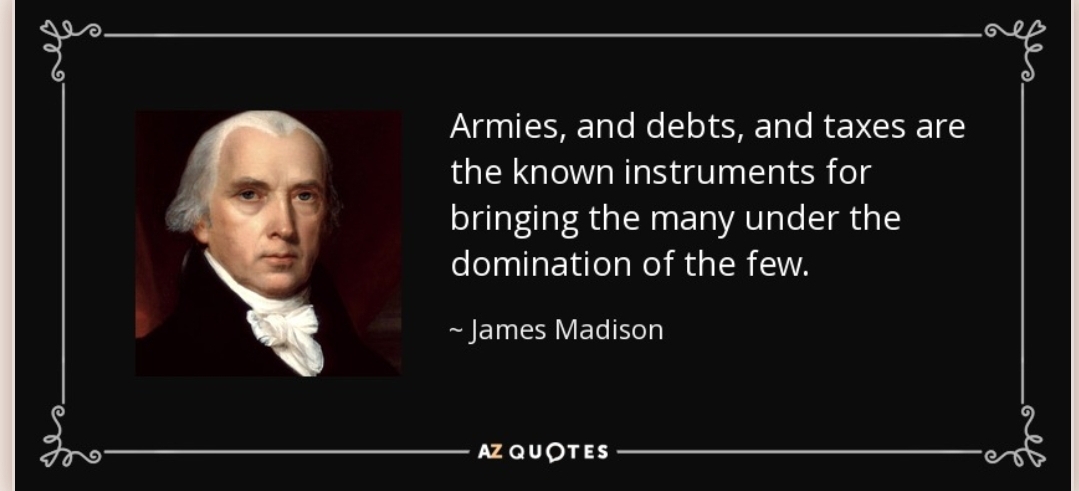
Here are the key aspects of their stance:
1. Opposition to a Large Standing Army:
- Fear of Centralized Power: Jefferson and Madison, along with their Democratic-Republican followers, were wary of a large standing army because they believed it could be used by the federal government to oppress the people or infringe upon the rights of the states. They saw large militaries as tools of monarchies and tyrannical governments, which contradicted their vision of a republic built on individual freedoms and limited government.
There Are Two Types of Power: Concentrated (Centralized) & Separated
- Preference for a Militia-Based Defense: Instead of a large standing army, they favored a small, professional military supplemented by a well-regulated militia composed of citizen-soldiers. They believed that a militia could provide for the common defense while avoiding the potential dangers of a powerful, centralized military force.
2. Limited Navy:
- Cost Concerns and Maritime Strategy: Jefferson and Madison were also skeptical about the need for a large navy. They were concerned about the high costs associated with building and maintaining a powerful fleet. Instead, they supported a smaller, more cost-effective navy that could protect American merchant ships and defend the coastline rather than project power overseas.
- Gunboat Diplomacy: Under Jefferson’s presidency, the Democratic-Republicans pursued a policy of “gunboat diplomacy,” where small, fast, and inexpensive gunboats were deployed for coastal defense. Jefferson believed that these gunboats could be built quickly in times of crisis and dismantled in peacetime to save costs.
3. Opposition to Military Expansionism:
- Non-Interventionism: Jefferson and Madison advocated for a foreign policy of non-interventionism and neutrality, particularly avoiding entanglements in European conflicts. They believed the United States should focus on its own development and avoid costly and unnecessary wars. This stance was evident in Jefferson’s decision to cut military spending and reduce the size of the army and navy during his presidency.
- Emphasis on Diplomacy and Peace: Both leaders favored using diplomacy and trade to resolve conflicts, reflecting their belief that the United States should not become a militaristic or imperial power. Jefferson, for example, relied on diplomatic measures like the Embargo Act of 1807 to avoid war with Britain and France, although the act ultimately hurt the U.S. economy.
4. Opposition to Military Industrial Complex:
- Concern about Military Power and Corruption: Jefferson and Madison feared that a powerful military could lead to corruption, cronyism, and excessive government spending. They believed that a large military establishment would encourage the growth of a military-industrial complex that could have undue influence over government policy and potentially erode democratic principles.
President Dwight D. Eisenhower and the Science, Educational and Military Industrial Complex
The Democratic-Republican Party, under Jefferson and Madison, maintained a skeptical view of a large, permanent military establishment. They preferred a small standing army, a limited navy, and a militia-based defense approach. Their position was shaped by concerns about centralized power, individual liberties, the costs of maintaining a large military, and a desire for a non-interventionist foreign policy. They believed that a republic should not mimic the militarism of European powers and should focus instead on maintaining peace and protecting its citizens’ freedoms.
The Democratic-Republican Party, eventually broke up due to a variety of factors, including ideological differences, regional tensions, and the emergence of new political leaders and issues.
Here’s a detailed look at the reasons and process of the party’s dissolution:
1. Ideological Differences and Factionalism
- Emergence of Factions: By the 1820s, the Democratic-Republican Party had become the dominant political force in the U.S., but it was increasingly divided into factions. These factions often had different priorities and visions for the future of the country.
- Old Republicans vs. National Republicans: The “Old Republicans,” or “Quids,” led by figures like John Randolph of Roanoke, favored strict adherence to Jeffersonian principles of limited government and states’ rights. The “National Republicans,” including John Quincy Adams and Henry Clay, supported a more active federal government and initiatives like the American System, which included federal funding for internal improvements, a national bank, and protective tariffs.
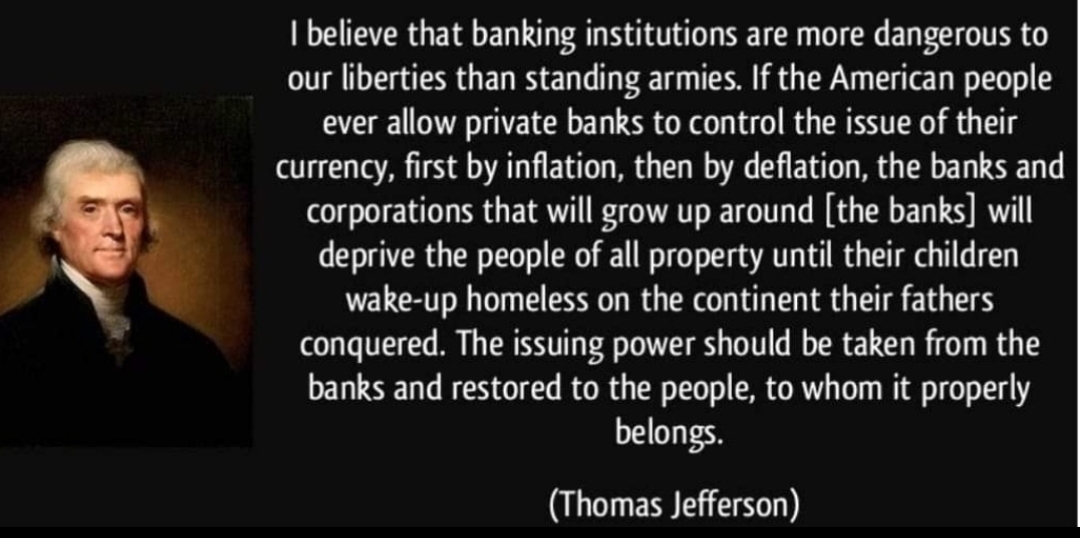
2. Regional Tensions
- North vs. South: Regional differences, especially between the North and South, exacerbated tensions within the party. Issues such as the economy, slavery, and states’ rights created significant divides.
- Economic Interests: Northern members tended to support manufacturing and commerce, advocating for tariffs and internal improvements. Southern members, reliant on agriculture and slavery, opposed these measures, fearing they would benefit the North at the South’s expense.
3. The 1824 Presidential Election
- Multiple Candidates: The 1824 election saw multiple candidates from the Democratic-Republican Party: John Quincy Adams, Andrew Jackson, William Crawford, and Henry Clay. This split the vote and prevented any candidate from securing a majority in the Electoral College.
- “Corrupt Bargain”: When the election was decided by the House of Representatives, Henry Clay threw his support behind John Quincy Adams, who then appointed Clay as Secretary of State. Andrew Jackson’s supporters decried this as a “corrupt bargain,” deepening the rift within the party.
4. Rise of New Political Leaders and Parties
- Andrew Jackson: Jackson’s leadership and popularity led to the formation of the Democratic Party. His followers, known as Jacksonians, emphasized populism, states’ rights, and opposition to the elite and centralized financial power.

- National Republicans and Whigs: Those who opposed Jackson, including supporters of John Quincy Adams and Henry Clay, coalesced into the National Republican Party, which later evolved into the Whig Party. They advocated for a strong national government, economic modernization, and the American System.
The Seeds of the National Divide: The American Republic VS The American System
5. Key Issues and Policies
- Economic Policy: Disagreements over economic policy, such as the role of the national bank and tariffs, were significant. Jackson’s opposition to the Second Bank of the United States and his use of the veto power polarized the party.
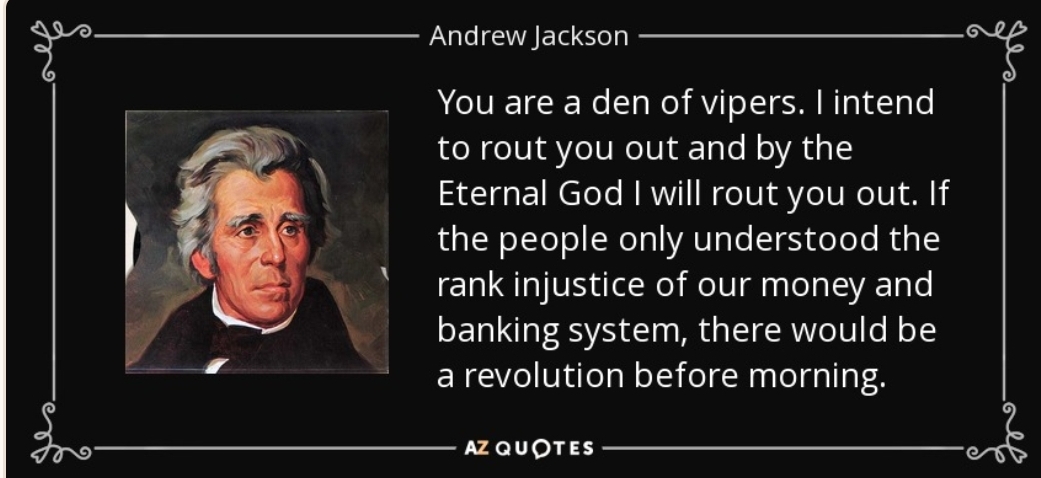
- Internal Improvements: Debates over federal funding for infrastructure projects also divided members. Jacksonians typically opposed such expenditures, while National Republicans supported them as necessary for economic growth.
The Democratic-Republican Party broke up due to a combination of ideological differences, regional tensions, and the emergence of new political leaders and issues. The election of 1824 and the subsequent “corrupt bargain” were pivotal moments that highlighted and exacerbated these divisions. The resulting factions eventually coalesced into new political parties, with Andrew Jackson’s supporters forming the Democratic Party and his opponents forming the National Republican Party, which later became the Whig Party. These developments marked the end of the Democratic-Republican Party and the beginning of a new era in American politics.

